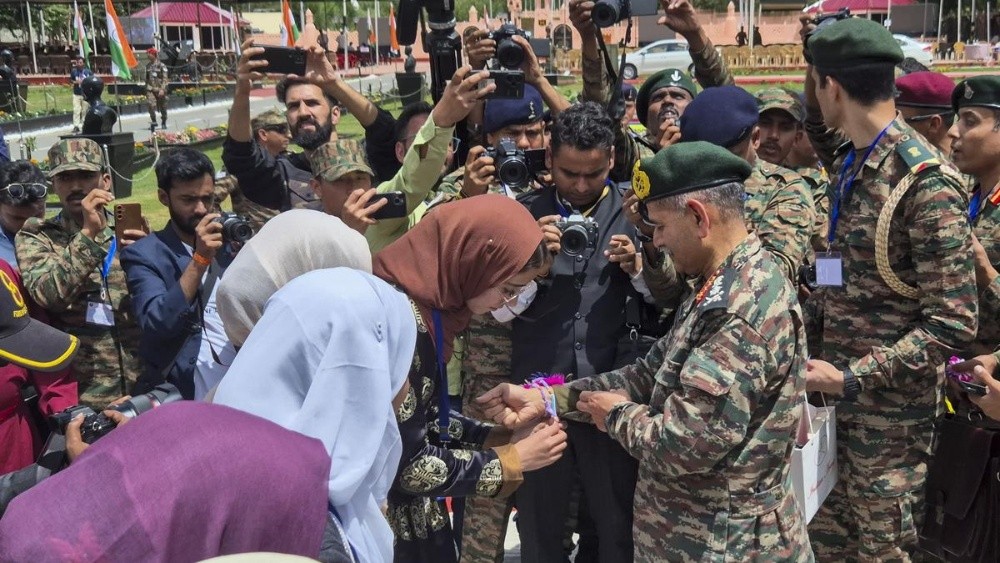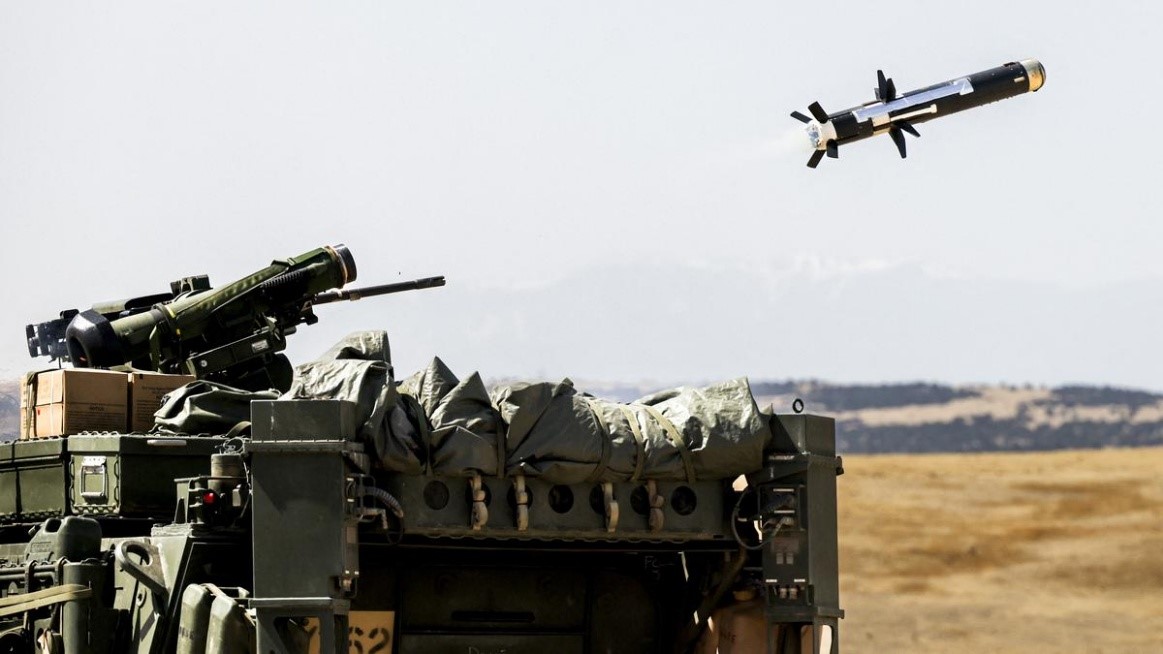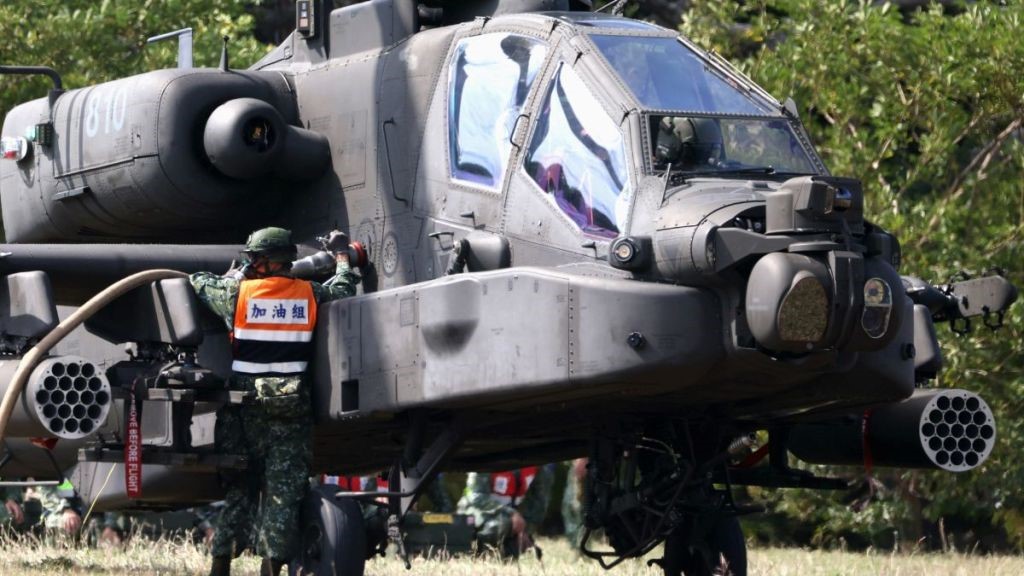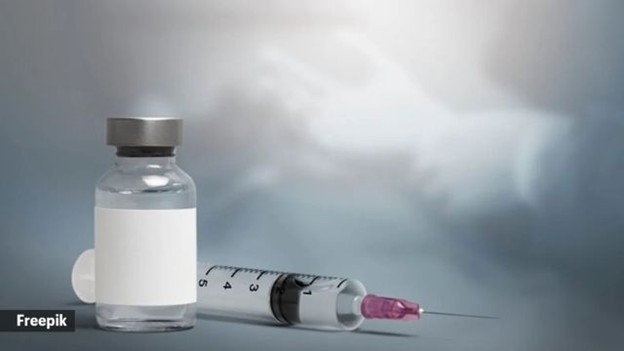Description

Disclaimer: Copyright infringement not intended.
Context
- Recently, soldiers were killed in Jammu division after an explosive device was triggered.
- Similarly, an IED killed 10 security personnel of the District Reserve Guard in Chattisgarh’s Dantewada area. The jawans were out on an anti-Maoist mission when they were ambushed.
What Is It?
- An improvised explosive device (IED) attack is the use of a “homemade” bomb and/or destructive device to destroy, incapacitate, harass, or distract.
- IEDs are used by criminals, vandals, terrorists, suicide bombers, and insurgents.
- Because they are improvised, IEDs can come in many forms, ranging from a small pipe bomb to a sophisticated device capable of causing massive damage and loss of life.
- IEDs can be carried or delivered in a vehicle; carried, placed, or thrown by a person; delivered in a package; or concealed on the roadside.
- The term IED came into common usage during the Iraq War that began in 2003.
Elements of an IED
- IEDs consist of a variety of components that include an initiator, switch, main charge, power source, and a container.
- IEDs may be surrounded by or packed with additional materials or “enhancements” such as nails, glass, or metal fragments designed to increase the amount of shrapnel propelled by the explosion.
- Enhancements may also include other elements such as hazardous materials.
- An IED can be initiated by a variety of methods depending on the intended target.
Materials Used as Explosives in IEDs
- Many commonly available materials, such as fertilizer, gunpowder, and hydrogen peroxide, can be used as explosive materials in IEDs.
- Explosives must contain a fuel and an oxidizer, which provides the oxygen needed to sustain the reaction.
- A common example is ANFO, a mixture of ammonium nitrate, which acts as the oxidizer, and fuel oil (the fuel source).

History of IEDs
- The term “improvised explosive device” comes from the British army in the 1970’s, after Irish republican army (IRA) used bombs made from agricultural fertilizer and SEMTEX smuggled from Libya to make highly effective booby trap devices or remote controlled bombs.
- SEMTEX is a plastic explosive containing RDX ( i.e. Research Department Explosive) and PETN ( Penta-erythritol tetra-nitrate).
Types of IEDs
- IEDs are extremely diverse in design, and may contain many types of initiators, detonators, penetrators and explosive loads.
- IEDs are triggered by various methods, including remote control, infra-red or magnetic triggers, pressure sensitive bars or trip wires (victim operated).
- IEDs vary based on the type of explosive used, the method of assembly, and the method of detonation and is restricted only by human ingenuity.
- The types of IEDs are infinite, but generally tend to fall into three categories:
Package/Container Type IED
- These types of IEDs are typically made from mortar and artillery shells, or some other type of package/container.
- They can be thrown at a vehicle, concealed in potholes or covered with dirt alongside roads.
- They can also be placed in cinder blocks or piles of sand to direct the blast.
- They are either "command-detonated" by wire or remote device or "time-delayed" and detonated by cordless phone from a car.
Vehicle-borne IED
- Vehicle-borne IEDs (VBIEDs) are devices that use a vehicle as the package or container.
- These IEDs come in all shapes, colors and sizes, varying according to the type of vehicles available.
- Car bombs are one of the most common types of IEDs in warzones.
- However, they are not restricted to war-zones.
Suicide-borne IED
- The devices carried by suicide bombers usually employ a high-explosive/fragmentary effect and use a command detonation firing system–some sort of switch or button that the person activates by hand.
What are the Effects?
- The extent of damage caused by an IED depends on its size, construction, and placement, and whether it incorporates a high explosive or propellant.
Damage to Structures and to Infrastructure
- An explosion in or near a building or public transportation venue may blow out windows; destroy walls; and shut down building systems such as power, ventilation, fire suppression, water/sewage, and others.
- Exit routes may be disrupted or destroyed, and smoke and dust may travel upward through stairways and elevator shafts, making navigation difficult.
- Building failure may result in the release of hazardous materials used within a building, such as radioactive material from medical devices, or incorporated within the structure of a building, such as asbestos insulation.
Secondary Hazards
- The explosion of a bomb can cause secondary explosions if gasoline, natural gas, or other flammable material is ignited.
- Secondary hazards that result can include fire with possibly toxic smoke, disruption of electric power, ruptured natural gas lines and water mains, and debris.
- There can be loss of traffic control in the area of the blast with possible traffic accidents involving fleeing citizens.
Immediate Health Effects
- Explosions create a high-pressure blast that sends debris flying and lifts people off the ground.
- The type of injuries and the number of people hurt will vary depending on: the physical environment and the size of the blast; the amount of shielding between victims and the blast; fires, or structural damage that result from the explosion; and whether the explosion occurs in a closed space or an open area.
Delayed Health Effects
- Some health effects caused by IEDs, including eye injuries and abdominal injuries, may not be
- apparent initially, but can cause symptoms and even fatalities hours to months after the event.
- Psychological effects in attack survivors, first responders, and others are not unusual in the aftermath of a high-casualty event.

Challenges associated with such attacks in India
- Militants have the ‘first mover advantage’, on triggering a landmine or an IED on a mobile Army vehicle or opening burst fire with an AK- 47 on a static CRPF sentry post.
- In all such scenarios, the reaction or the response time available for what is called “Immediate Action (IA) or Counter Ambush drill” is a few seconds, and that too, if a few of the security personnel are lucky enough to survive the initial IED ambush.
- Hence, all standard operating systems and procedures, technological measures etc. are directed towards identification and detection of IEDs/landmines and to avoid being caught in them.
Way Forward
- The first thing that must be kept in mind is to avoid travel by vehicle. The safest mode of travel is on foot in a region where left-wing extremism is active.
- If vehicle travel is absolutely essential, the onward and return journeys should never be by the same route, nor undertaken during the day time.
- Stealth, camouflage and concealment are integral to anti-terrorist operations.
- In certain war zones, vehicular deployment is inevitable.
- Security forces working in such areas should be equipped with appropriate protective gear, such as blast-resistant clothing, helmets, and eye protection.
- Their vehicles should also be equipped with V-shaped and armour-plated hull, blast-resistant technology and proper sandbagging to minimise damage in the event of an explosion.
- Machine guns and other weapons should be mounted on top of the vehicles with outward facing rotatory seats, from where the men can have a 360-degree observation outside.
- Also, security forces should always travel in a convoy of minimum two to three vehicles, so that even if one vehicle is caught in a landmine, the personnel in other vehicles are able to take positions and neutralise the threat.
- Rigorous and regular implementation of various detection methods, such as metal detectors, ground-penetrating radar, and trained sniffer dogs, to locate and clear landmines and IEDs, is essential.
- Road opening parties play an important role in detection of ambushes.
- Aerial surveillance carried out through drones and road opening parties equipped with UGVs (Unmanned Ground Vehicles) is the need of hour.
- Based on the above inputs, areas known or suspected to contain landmines or IEDs can be mapped and contingency plans prepared for them.
- Relationships have to be cultivated and goodwill generated among the local population on a long-term basis beyond and above transactional levels.
- Legislative measures are required for mandatory addition of odoriferous chemicals and/or biosensors to explosives used in industry and mining etc. for their easy detection during transport.
- Likewise, legislative measures are required for stricter controls on manufacture, supply and sale of explosives and detonators.
|
PRACTICE QUESTION
Q) The reaction time available for “Counter Ambush drill” is a few seconds in an IED ambush. Hence, all standard operating systems and procedures are directed towards identification and detection of IEDs/landmines. In this regard, what mechanisms do you suggest to put in to place while dealing with IED ambush. (250 words)
|

https://indianexpress.com/article/india/two-army-soldiers-killed-four-injured-in-blast-during-anti-terror-op-in-jammu-and-kashmirs-rajouri-8593136/
















